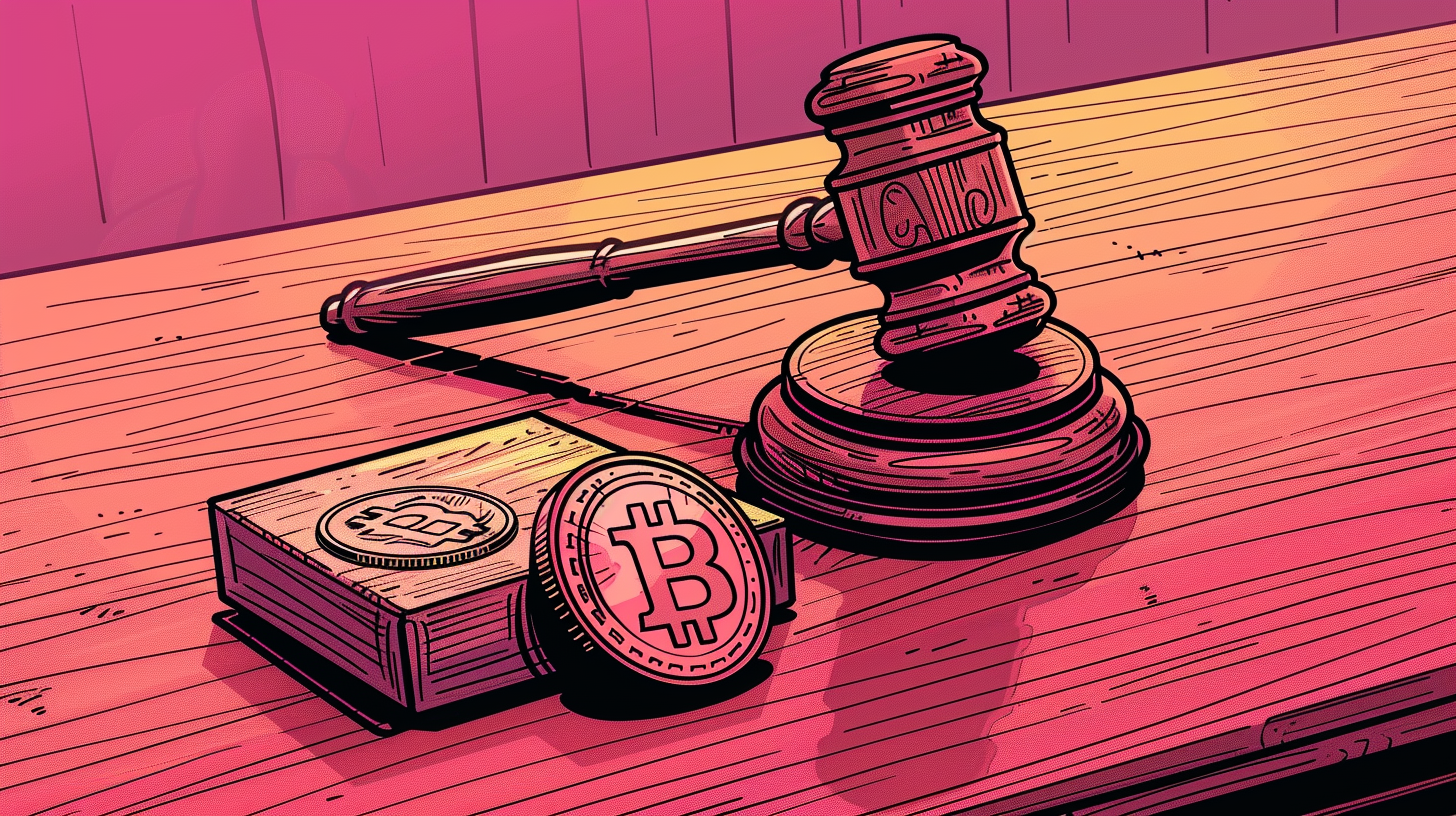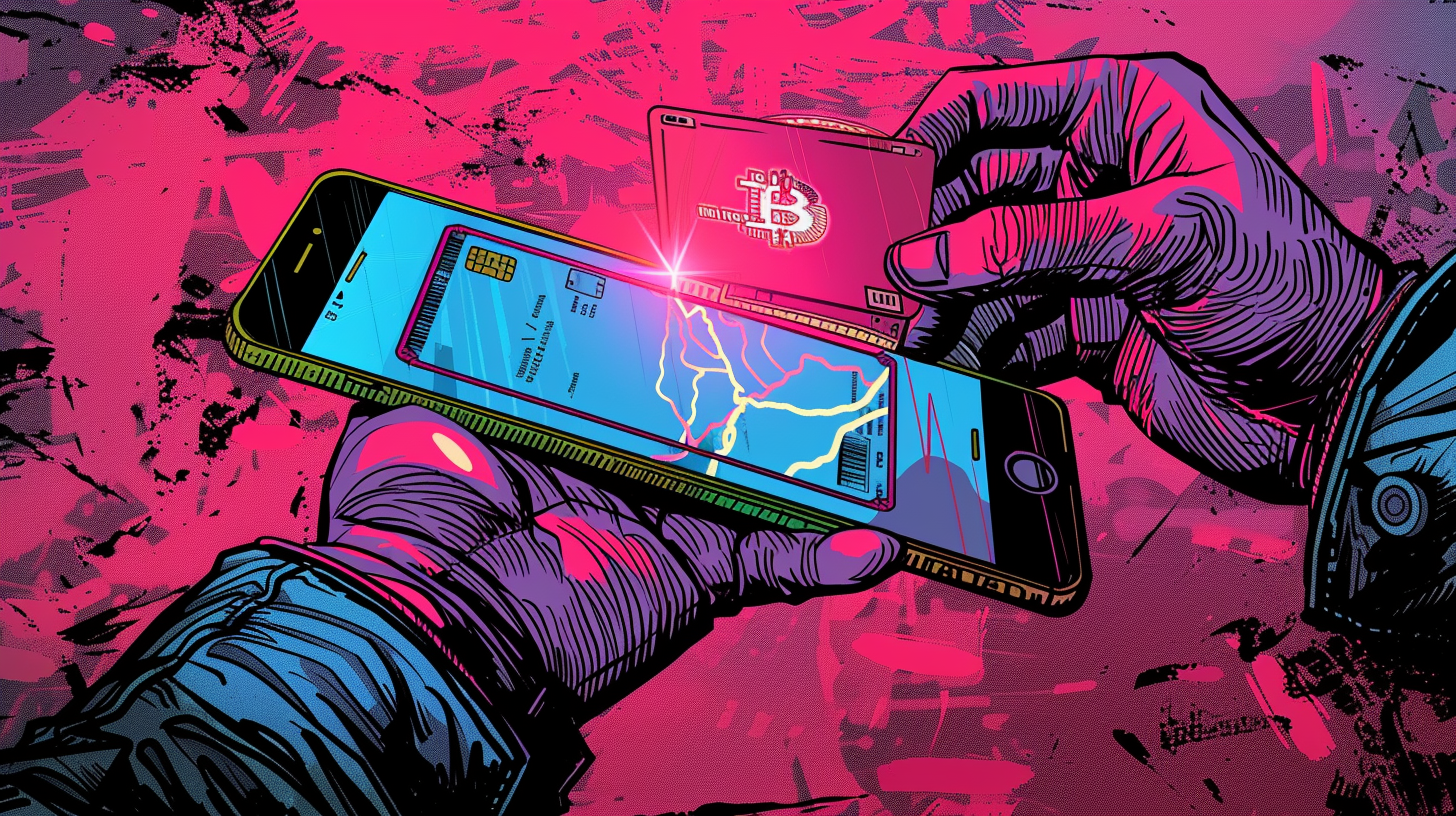Efficient, Secure, and Flexible: Goldman Sachs' Vision for Tokenised Real-World Assets (RWAs)

Goldman Sachs is taking a significant step forward by planning to launch marketplaces for tokenised real-world assets (RWAs) in the United States and European debt markets. Real-world assets encompass a broad range of tangible and intangible assets, such as real estate, commodities, stocks, bonds, and even intellectual property. By converting these assets into digital tokens, they can be traded, owned fractionally, and used as collateral in a more efficient and secure manner.
Understanding Real-World Assets (RWAs)
Real-world assets (RWAs) refer to physical or tangible assets that have intrinsic value. These include real estate properties, precious metals, commodities like oil and minerals, as well as financial instruments such as stocks and bonds. Even intangible assets like intellectual property and carbon credits can be considered RWAs. Tokenisation of these assets involves creating digital representations of the assets on a blockchain, which can then be traded and managed via digital platforms.
The Mechanism of Tokenisation
Tokenisation replaces sensitive information with a non-sensitive equivalent, known as a token, that has no exploitable value of its own. For instance, a real estate property can be tokenised by converting ownership rights into digital tokens, which can be easily traded on blockchain platforms. This process ensures enhanced security by safeguarding sensitive information from unauthoried access and potential breaches.
Use Cases of Tokenised RWAs
1. Real Estate: Tokenisation of real estate simplifies the buying, selling, and managing of properties. It allows for fractional ownership, where multiple investors can own a portion of a property, thereby lowering the barrier to entry and increasing liquidity in the real estate market.
2. Stocks and Bonds: Tokenising stocks and bonds facilitates the trading of these financial instruments by eliminating the need for intermediaries such as broker-dealers and clearinghouses. This enables 24/7 trading at reduced costs, enhancing market efficiency.
3. Collectibles: Tokenisation enables fractional ownership of high-value collectibles like historic paintings and rare baseball cards. This not only broadens the market for these items but also ensures transparency in appraisal and storage information, reducing the risk of fraud.
4. Commodities: Tokenising commodities like oil and rare minerals allows investors to gain exposure to these assets without the need for physical ownership. This promotes diversification and brings more liquidity into the commodities market.
5. Intellectual Property: Artists, inventors, and musicians can tokenise their creations, such as patents, copyrights, and royalties. This creates a new market for investors who want to buy and trade these digital assets, providing creators with new revenue streams.
Goldman Sachs' Strategic Initiative
Goldman Sachs' marketplaces for tokenised RWAs will focus on the "fund complex" in the United States and European debt markets. These marketplaces will primarily cater to financial institutions rather than retail investors. By utilising permissioned blockchains, the bank aims to provide a secure and controlled environment for transactions, ensuring that only authorised participants can access and trade the tokenised assets.
The RWA marketplace is designed to offer a swift execution process, making transactions faster and more efficient. Additionally, by expanding the variety of assets that can be used as collateral, Goldman Sachs aims to provide financial institutions with more flexible options for managing their investments. This move could potentially revolutionise the way investments are managed, offering greater flexibility, efficiency, and security.
Impact on Financial Markets
The introduction of tokenised RWAs by Goldman Sachs is expected to significantly impact financial markets. By providing a secure and efficient platform for trading and managing tokenised assets, the bank is likely to attract a wide range of financial institutions. This could lead to increased liquidity in markets, lower transaction costs, and more accessible investment opportunities.
Moreover, as regulators around the world become more comfortable with blockchain technology and its security safeguards, the adoption of tokenised RWAs is expected to grow. This will further integrate digital asset technology into traditional finance, paving the way for new investment opportunities and innovative financial products.
Conclusion
Goldman Sachs' initiative to create marketplaces for tokenised real-world assets marks a significant advancement in the integration of blockchain technology within traditional financial markets. By providing a secure, efficient, and flexible platform for trading and managing tokenised assets, the bank is set to transform the way investments are managed, offering new opportunities for financial institutions. As the regulatory landscape evolves and more financial players adopt tokenisation, the future of RWAs looks promising, with the potential to revolutionise the financial industry.





